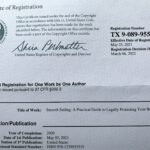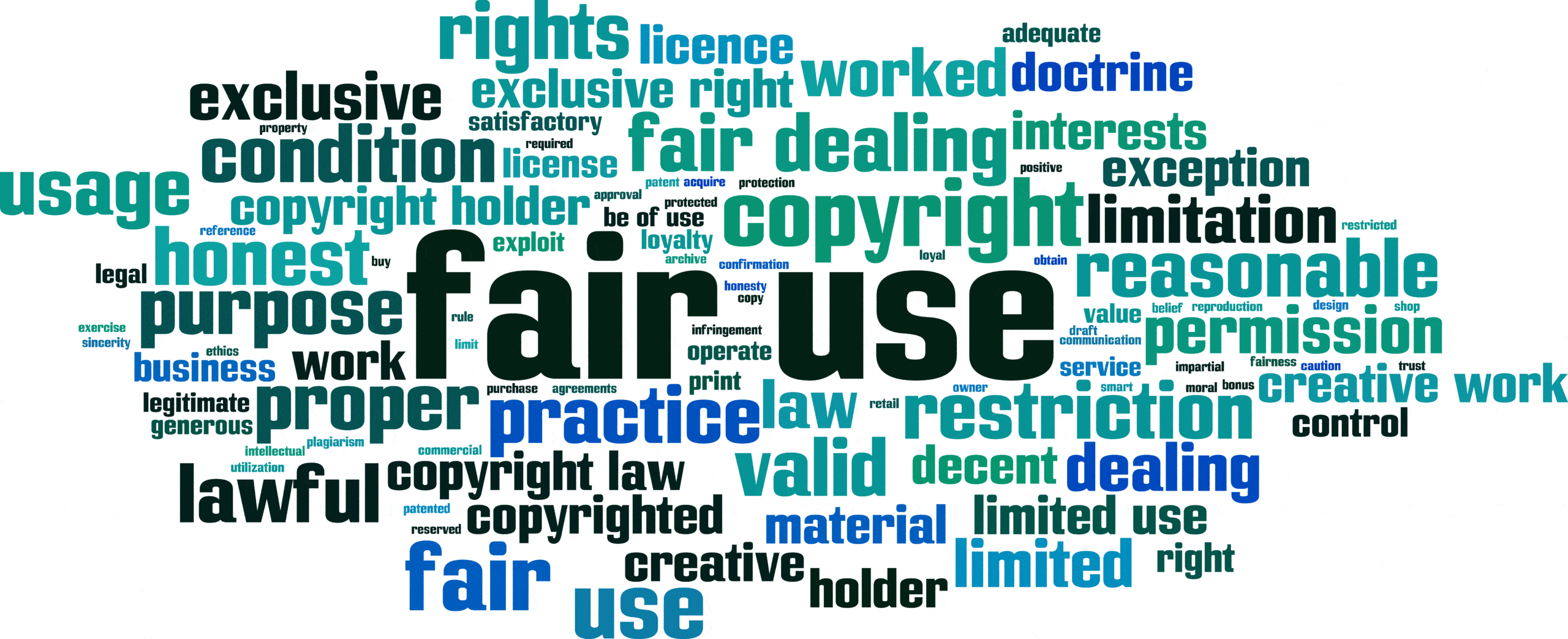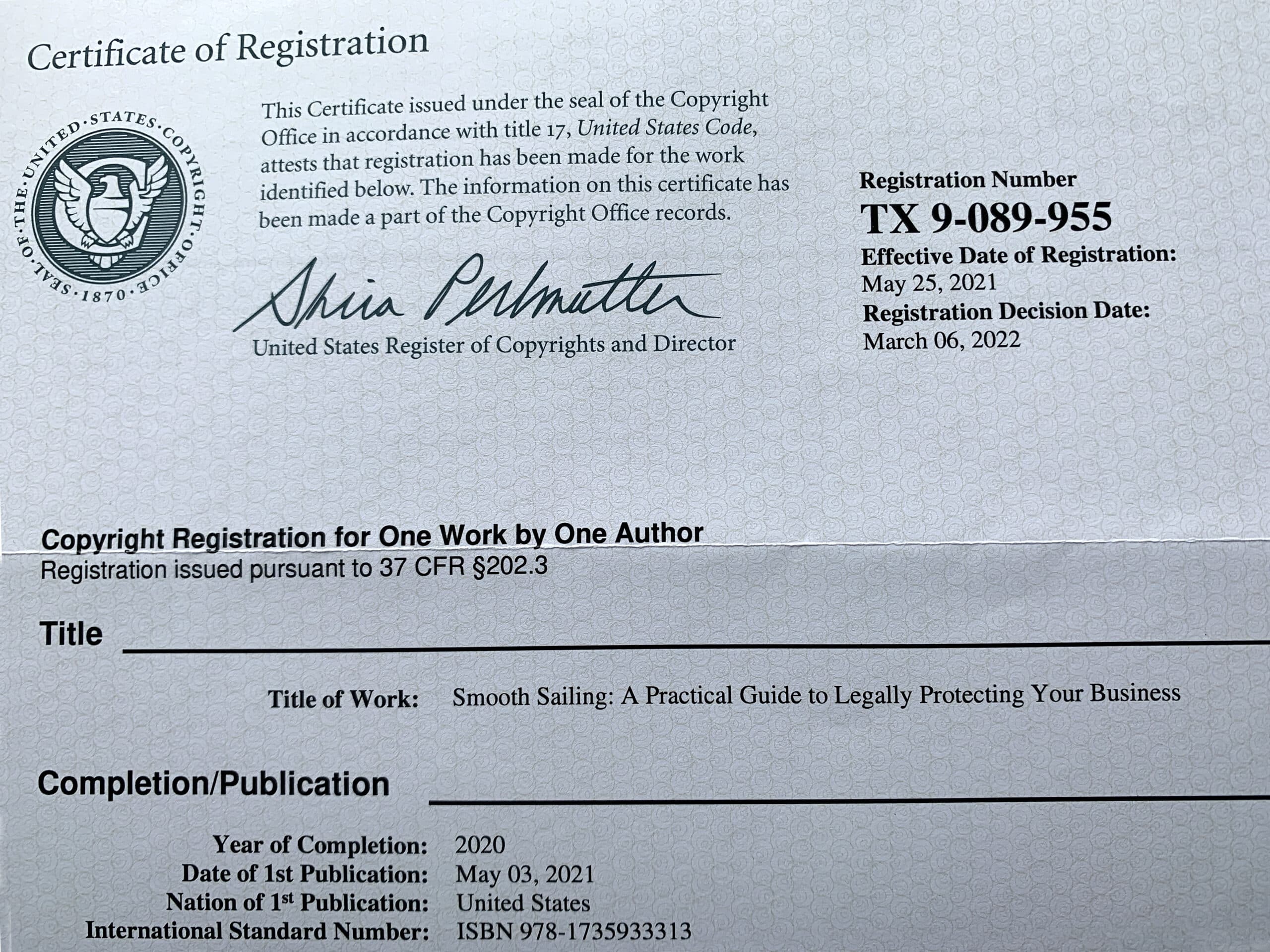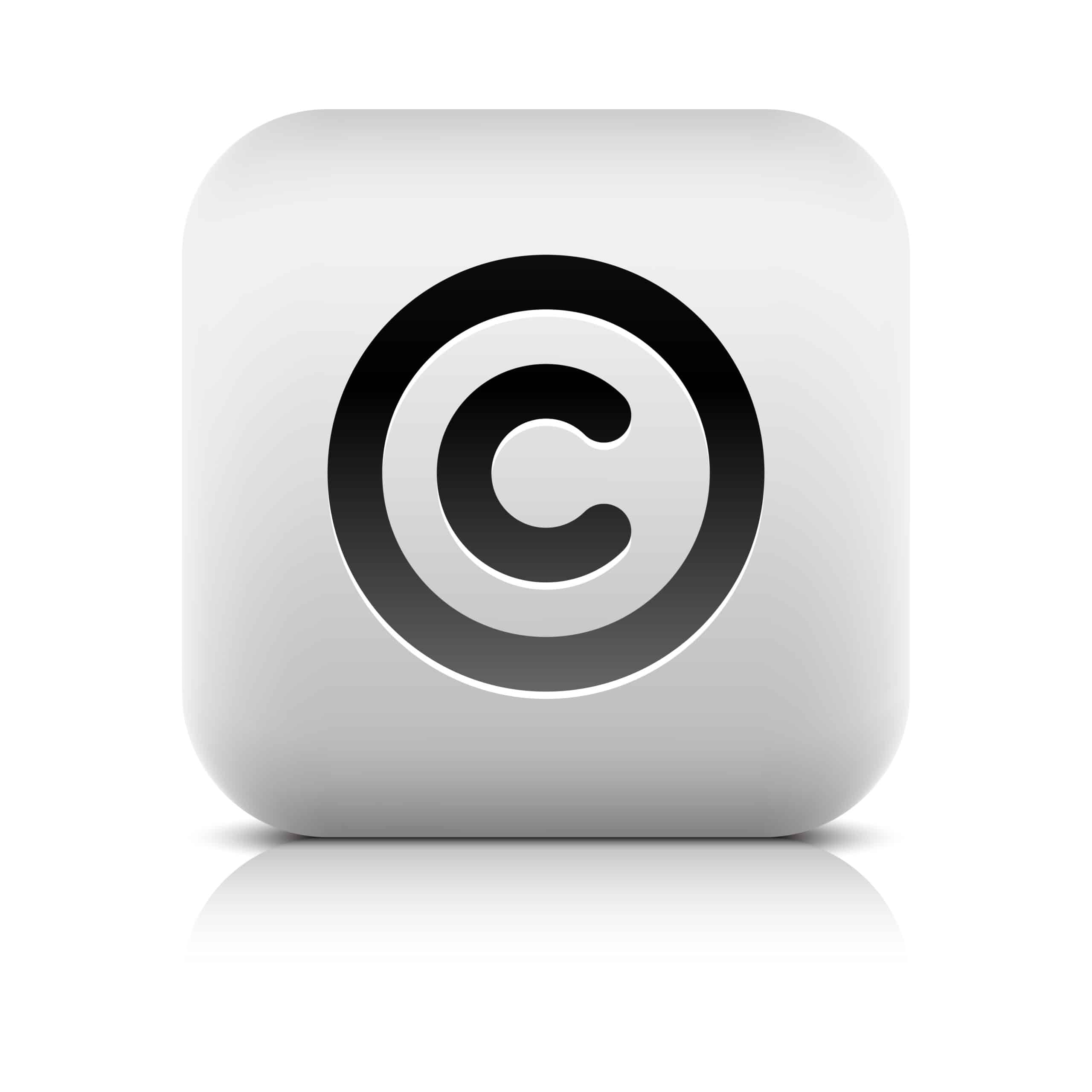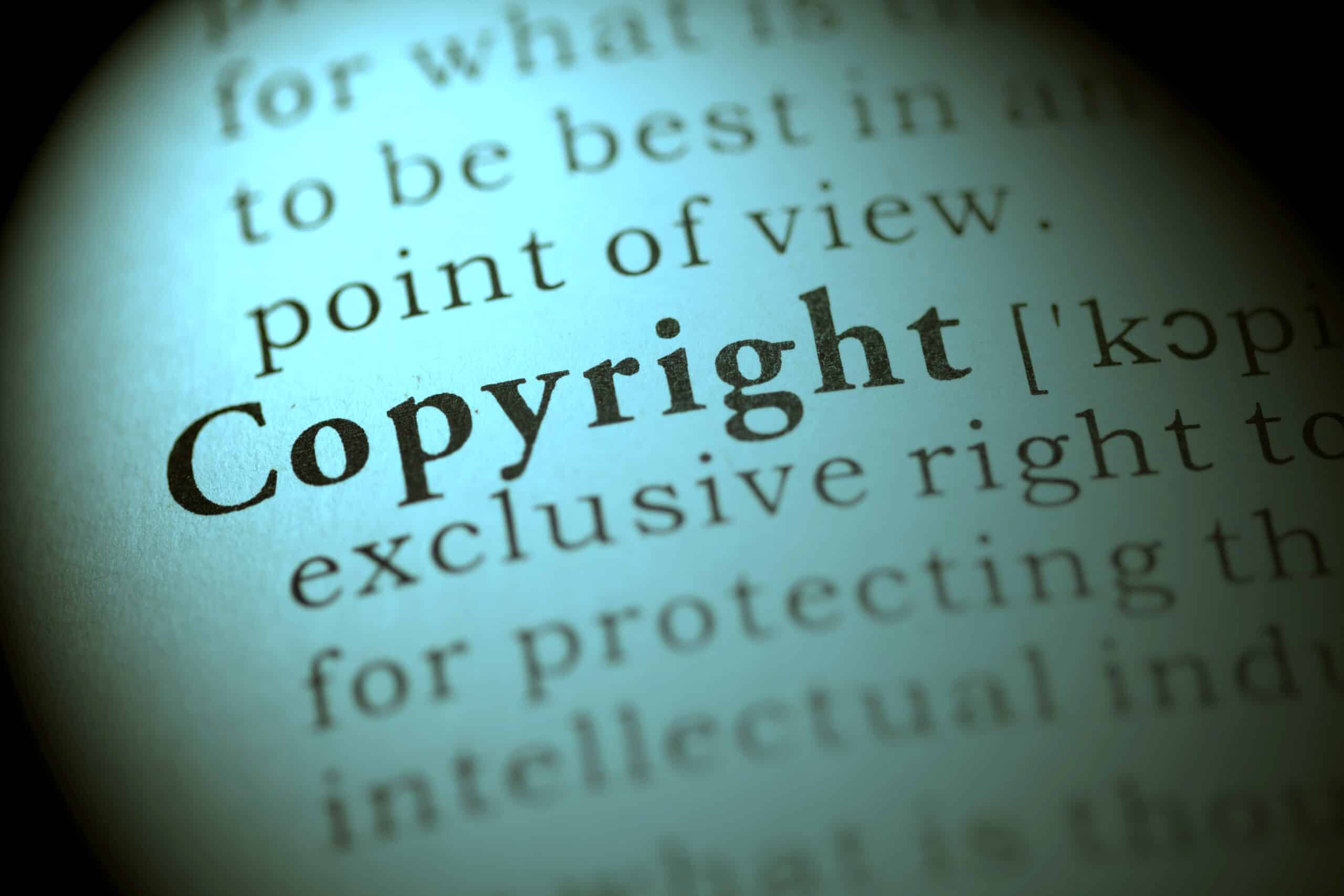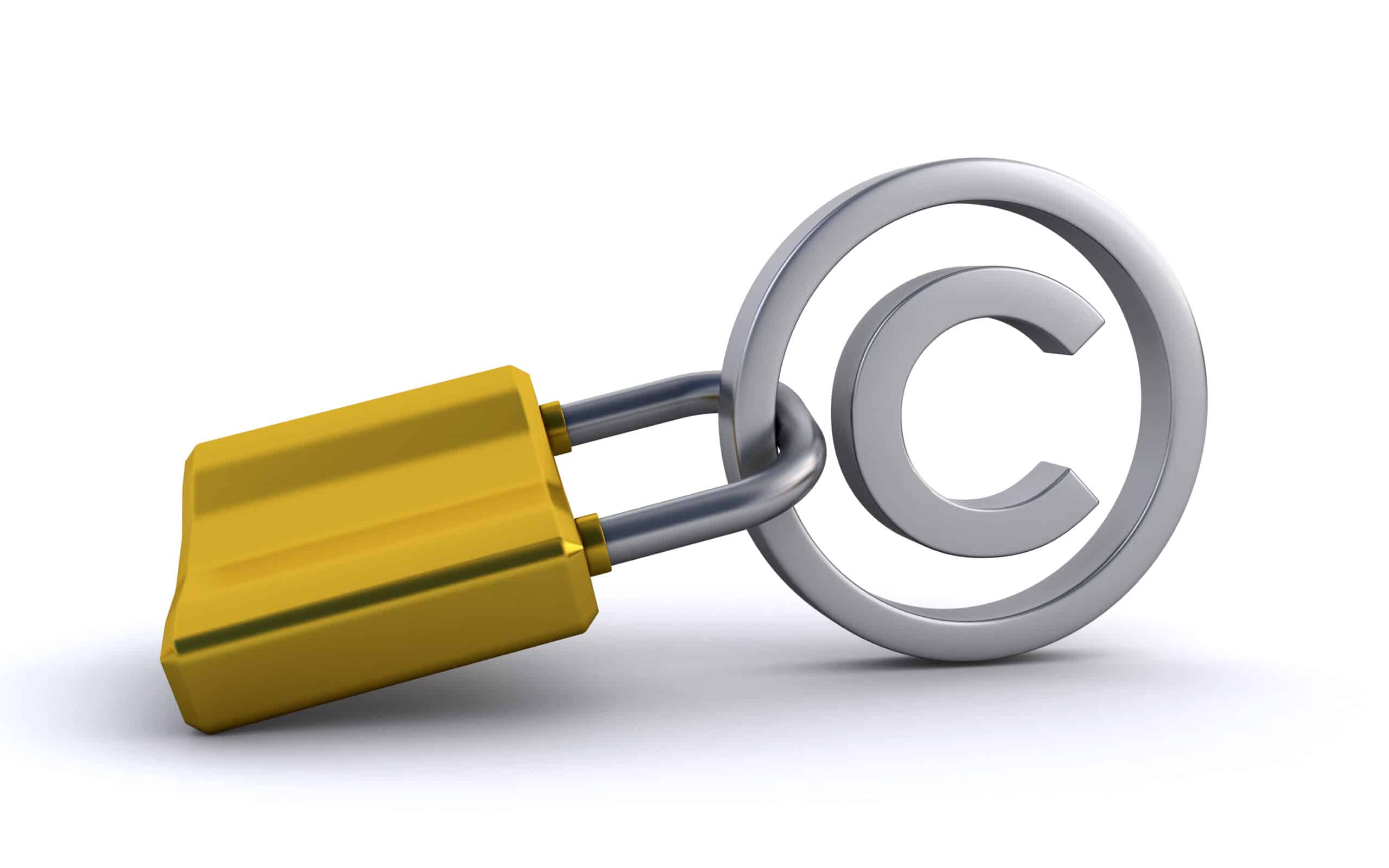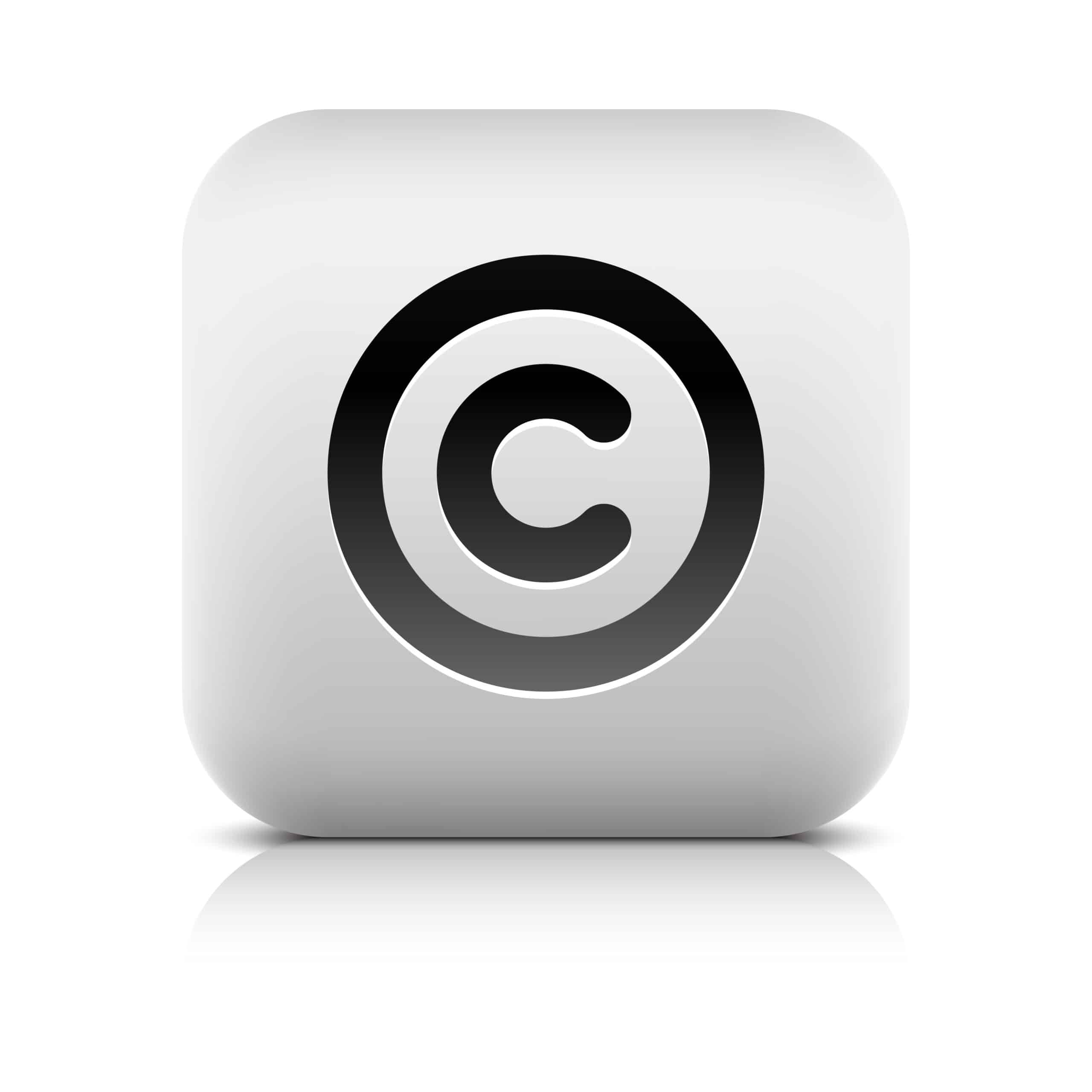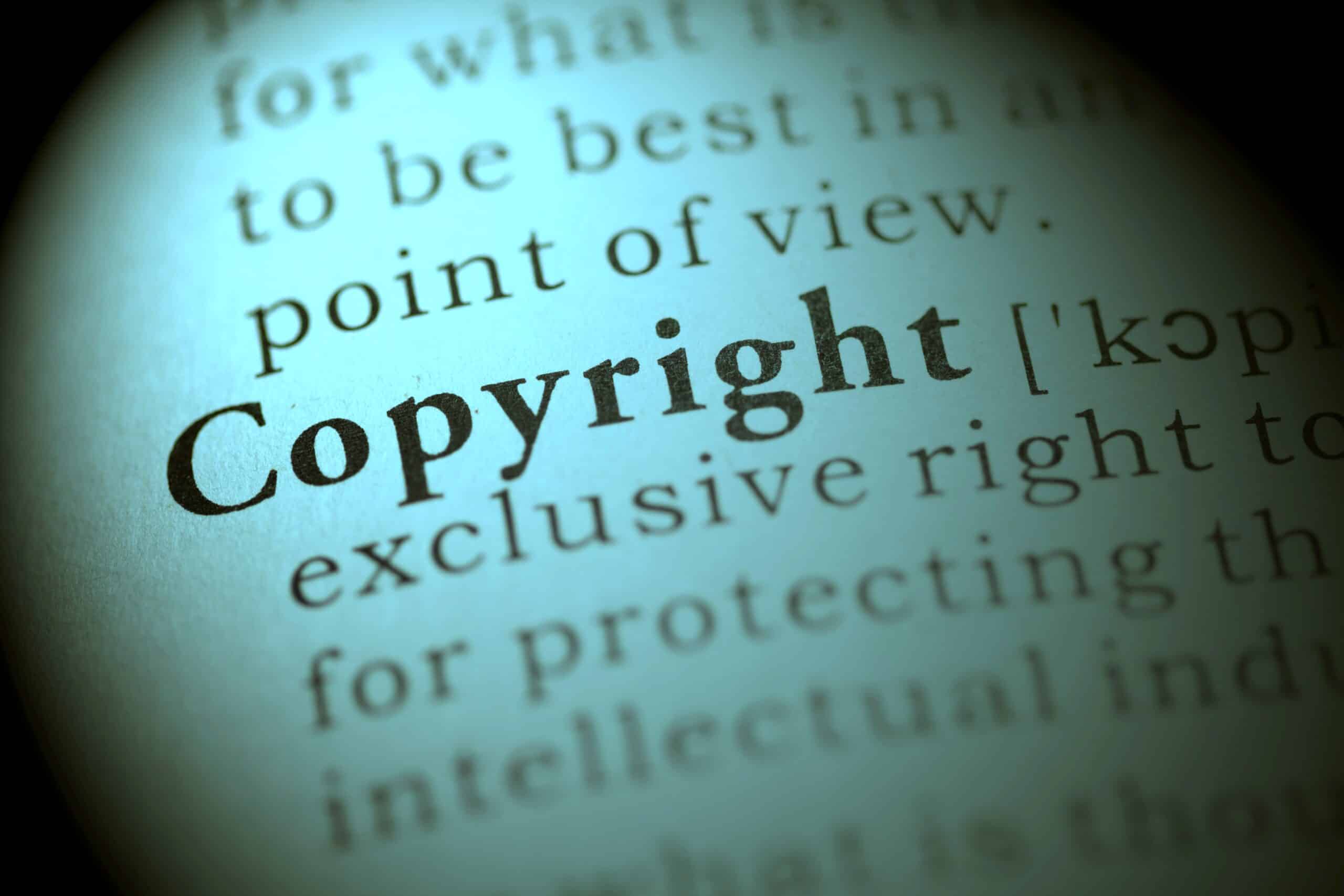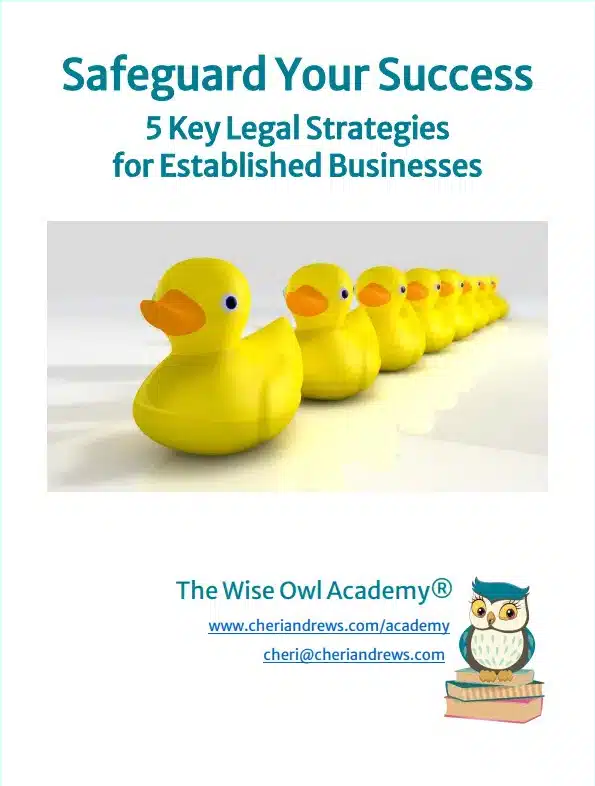This article explores what the Fair Use Doctrine is and what factors a court considers in determining if a use of copyrighted material is infringing or not.
You’ve learned about copyright and taken proactive action to protect your intellectual property assets. Then you find out someone is using your work without attribution or your permission. When you send them a cease & desist letter, they claim Fair Use. Wait, whaaaaat now??
Surprise, not all copying is copyright infringement! The Fair Use Doctrine is a defense against a claim of copyright infringement. Others can freely use your work if it meets the doctrine requirements.
What is Fair Use?
Fair Use is defined in the Copyright Act as reproduction for a limited or transformative purpose such as criticism, comment, news reporting, teaching, scholarship, or research. It also includes parody. Use of your content for these specific purposes is not considered infringement of your rights as the copyright holder as long as it fits under the requirements of the fair use doctrine.
How Do You Know if a Use is Fair Use?
In determining whether a use is “fair use” courts must consider all four of the following factors:
1. Purpose and Character
This includes whether the use is commercial or nonprofit. If the use is commercial, meaning intended to make money, that weighs against fair use. Most of the assets created for your business have a commercial nature. So if the person stealing your stuff is also using it to further a business endeavor, it is likely NOT considered fair use. If it is used for criticism, comment, news reporting, teaching, scholarship, or research not designed for profit, there is a lot more leeway. Non-profit educational use is likely afforded protection under the fair use doctrine.
2. The Nature of the Copyrighted Work
Keep in mind that facts aren’t subject to copyright. So, if someone pulls facts out of your article and uses them in a new way, that is likely fair use. However, if they take the creative part of your work – your particular turn of phrase, a drawing, a poem – and use it for their own purposes, it is likely NOT fair use. The more creative the work used, the less likely it is fair use.
3. The Amount or Substantiality
This refers to the portion used to the work as a whole. Simply put, the less of the work used, the better. If the use quotes a single sentence from a 200-page book, it leans in favor of fair use. If the use copies a full page of a two-page magazine article, it probably won’t be protected as fair use, unless the use is considered a parody.
4. The Effect on Market or Value
Does the use effect the potential market or value of the copyrighted work? For example, imagine a photographer takes an iconic photo of the Brooklyn Bridge at sunset and plans to license it exclusively to Time Magazine for a tidy sum. The value of that photograph lies in the fact that it is, as yet, unpublished. Now imagine a hacker steals the photograph from the photographer’s computer and sells poster size prints and greeting cards of that photograph on Amazon. The hacker has substantially diminished the potential market or value of the photograph for the copyright owner.
Conclusion:
All of these factors are subjective, so it is not always easy to determine in advance whether or not a use is fair use. Purpose and market effect are the most important factors and will be given the most weight by the courts.
Keep in mind that the Fair Use Doctrine is a two-way street. While you are busy trying to protect your own intellectual property, be aware of the intellectual property of others. Make sure you have the rights to everything you are using.

